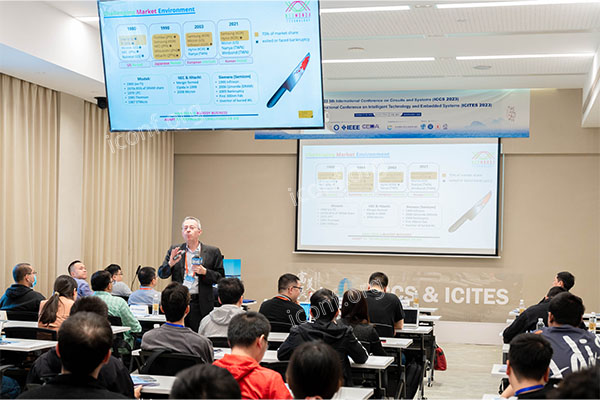Review articles play an extremely important role in the academic field. They not only provide readers with a panoramic view of existing research results in a certain field or topic, but also evaluate the contributions and limitations of these studies and point out the direction of future research. Review articles are written to promote in-depth understanding and knowledge advancement of a specific field through comprehensive analysis.
Purpose
The main purposes of review articles include:
-Integrate knowledge: By focusing on multiple studies in a certain field, review articles help readers gain a comprehensive and integrated understanding of the field.
-Evaluate research: Review articles evaluate the quality, importance and impact of existing research and identify gaps and limitations in the research.
-Identify trends and gaps: Review articles analyze trends and patterns in the existing literature and point out gaps in research and possible future research directions.
-Provide guidance: For practitioners and policymakers, review articles can provide evidence-based practice recommendations or policy guidelines in some cases.
Structure
Although the specific structure of review articles may vary from discipline to discipline, they usually contain the following basic parts:
-Abstract: A concise summary of the review’s topic, main findings and conclusions.
-Introduction: introduces the importance of the topic and field being reviewed, and clearly states the objectives and scope of the review.
-Background: provides enough background information to enable readers to understand the current status of the field and the historical background of the research.
-Body: This is the core part of the review article, usually organized by topic, theory, method or time, and reviews and evaluates the selected literature in detail. This section should deeply analyze the contributions and limitations of the literature and point out research trends and future directions.
-Conclusion: summarizes the main findings of the review, emphasizes unresolved issues and directions for future research. In some cases, the author may also make recommendations or practical guidance.
-References: lists all the studies and literature cited in the article, following a specific citation format.
Writing a review article is a task that requires a high degree of professionalism and critical thinking. The author needs to have a broad and in-depth understanding of the selected field, be able to evaluate the methods and conclusions of the research, and provide insights into the future development of the field. Properly structuring the review article and clearly conveying complex information is the key to successfully completing this task.
